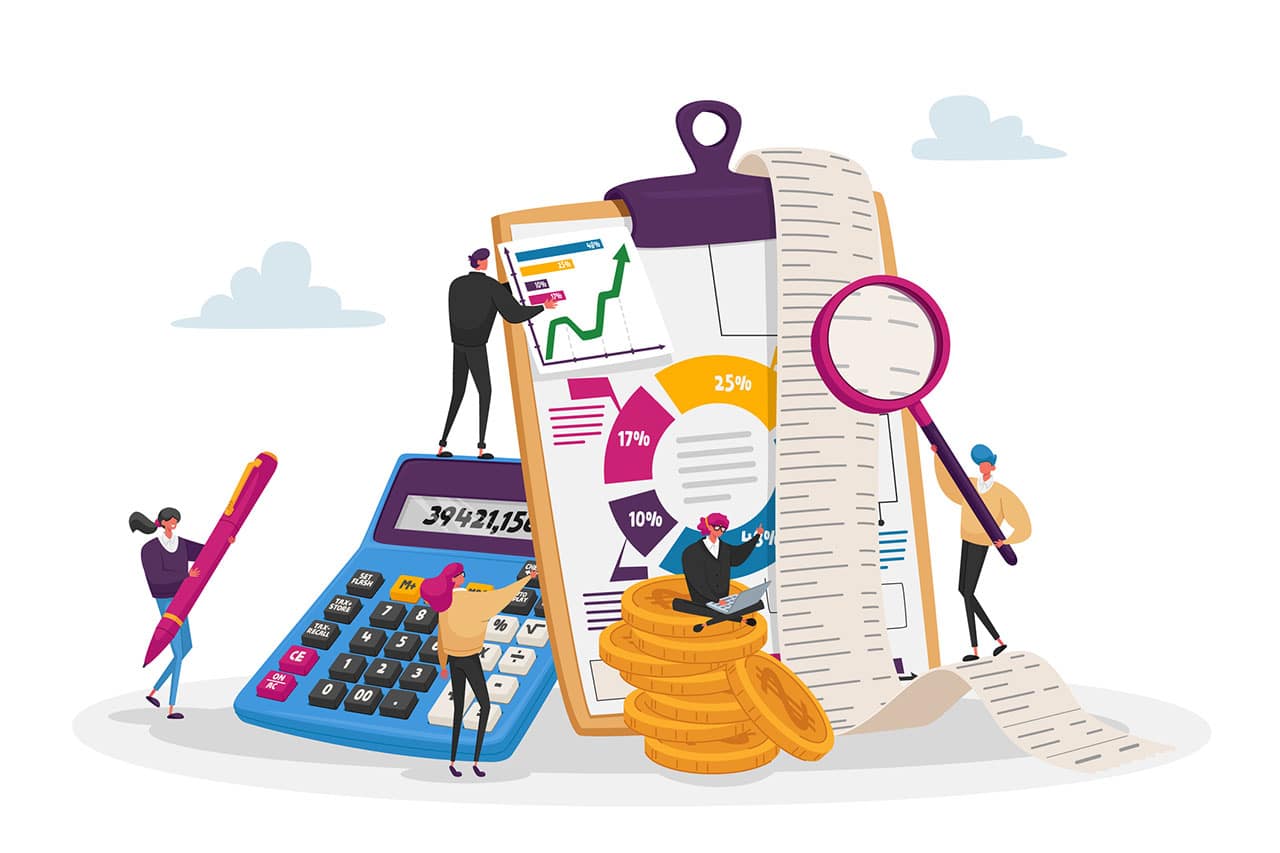Depreciation calculator (straight-line method)
This calculator can be used to calculate the depreciation expense of an asset over its useful life using the straight-line method. The straight-line method evenly spreads the cost of an asset over its expected useful lifespan.
Page written by Ian Hawkins. Last reviewed on May 20, 2025. Next review due April 1, 2026.

Ian Hawkins
Head of Content
Ian Hawkins is Head of Content at Swoop. As a freelance business journalist and filmmaker he has reported from Europe, Central and North America and Africa. His films and writing have appeared on BBC World, Reuters and CBS, and he has spoken at conferences on both sides of the Atlantic on subjects including data, cyber security, and entrepreneurialism.
Read this article to me






 yet? Register here!
yet? Register here!